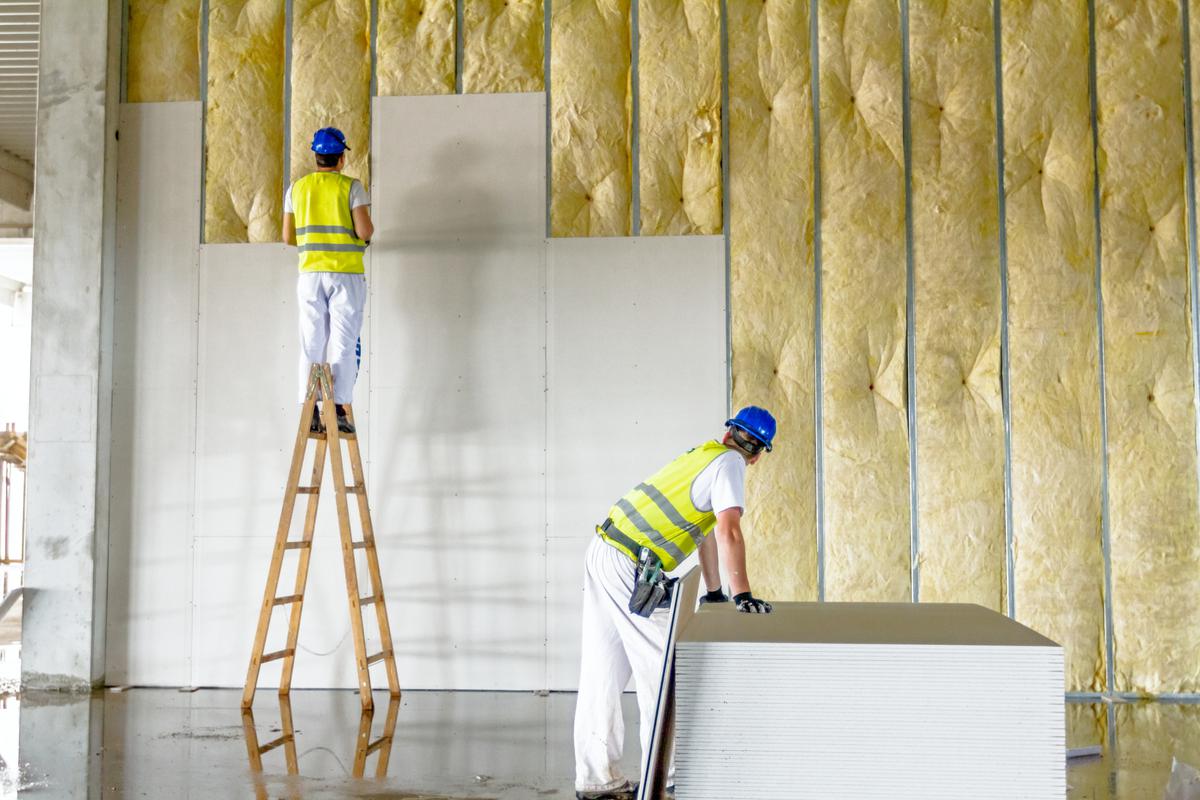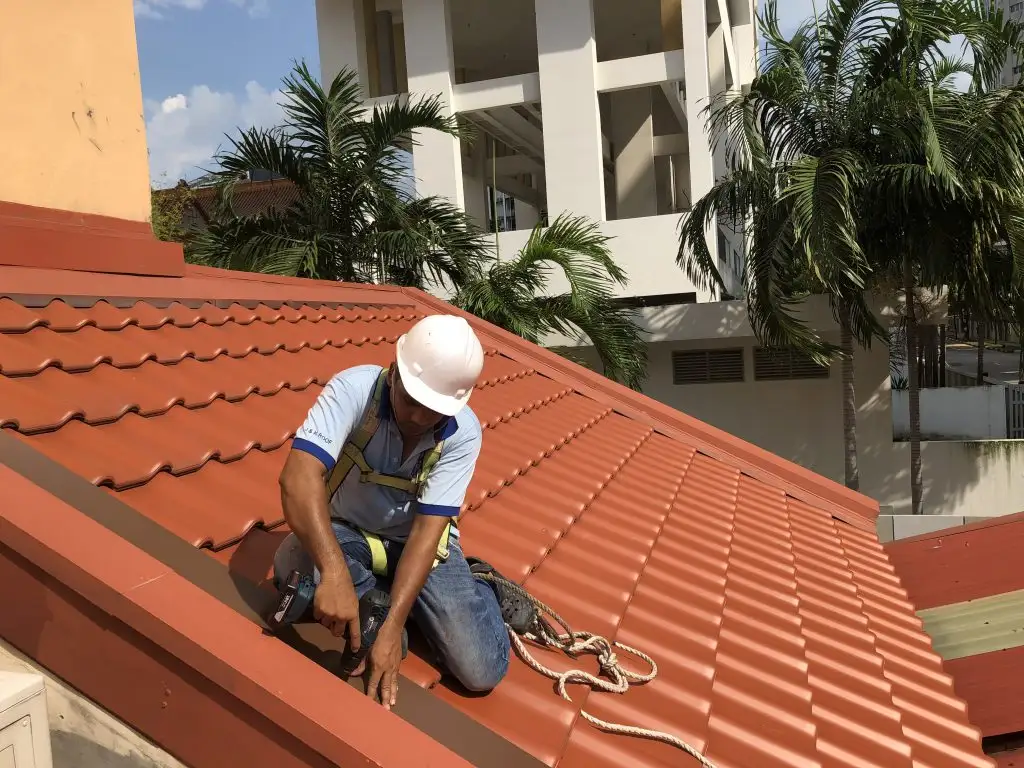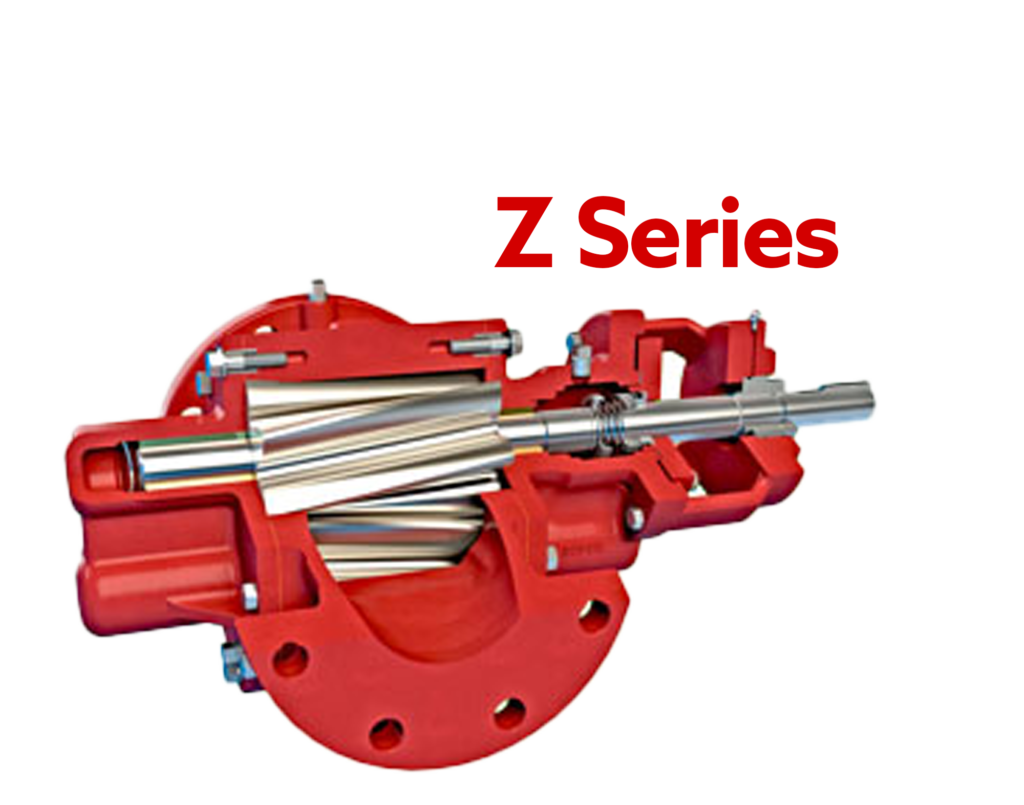Aluminium Louvres: Exploring How These Sleek and Functional Features Can Transform Your Interior Spaces

Aluminium louvres have emerged as a pivotal element in modern architectural design, offering a blend of aesthetics, functionality, and sustainability that can enhance both the exterior and interior of a building. Whether you are looking to improve energy efficiency, elevate the visual appeal, or ensure optimal ventilation, louvres provide a solution that meets various architectural needs. In this article, we delve into the numerous advantages of louvres and how they can significantly transform your building’s façade and interior spaces.
Table of Contents
Enhancing Aesthetic Appeal with Modern Design
One of the primary reasons louvres have become increasingly popular is their ability to enhance the aesthetic appeal of a building. These sleek and stylish features offer a contemporary look that complements a wide range of architectural styles. Louvres are available in various shapes, sizes, and finishes, allowing architects and designers to customise their appearance to match the specific design ethos of a project. Whether used as a bold design statement on a building’s exterior or as subtle accents within interior spaces, louvres add a touch of modern elegance that is both timeless and sophisticated.
Furthermore, louvres can be powder-coated in a vast array of colours, providing an additional layer of customisation. This versatility ensures that they can seamlessly blend with the existing colour scheme of a building or stand out as a striking contrast. The clean lines and minimalistic design of louvres make them an ideal choice for those looking to achieve a modern, cutting-edge aesthetic.
Improving Energy Efficiency and Sustainability
In addition to their visual appeal, aluminium louvres play a critical role in enhancing a building’s energy efficiency. By controlling the amount of sunlight that enters a building, louvres help regulate indoor temperatures, reducing the need for artificial cooling or heating. This passive solar control not only creates a more comfortable indoor environment but also contributes to significant energy savings, making louvres an environmentally friendly choice.
The sustainability of louvres is further underscored by the fact that aluminium is a recyclable material. This means that at the end of their life cycle, louvres can be recycled and repurposed, reducing the environmental impact associated with their production and disposal. For architects and builders committed to sustainable design practices, the use of louvres aligns with green building standards and can contribute to achieving sustainability certifications.
Enhancing Privacy and Security
Aluminium louvres also offer practical benefits in terms of privacy and security. When strategically placed, these features can obscure views into a building from the outside, providing occupants with a greater sense of privacy without compromising on natural light or ventilation. This makes louvres an ideal solution for residential buildings, office spaces, and even educational institutions where privacy is a priority.
Moreover, louvres can enhance the security of a building by acting as a physical barrier against intruders. Their robust construction and durable materials make them resistant to damage, ensuring that they can withstand attempts at forced entry. For properties in areas where security is a concern, louvres offer an added layer of protection that is both effective and aesthetically pleasing.
Facilitating Natural Ventilation
Another significant advantage of louvres is their ability to facilitate natural ventilation within a building. Proper airflow is essential for maintaining indoor air quality and ensuring a healthy living or working environment. Aluminium louvres can be adjusted to allow fresh air to flow into a building while keeping out rain, dust, and other unwanted elements. This makes them an ideal solution for spaces that require constant ventilation, such as kitchens, bathrooms, or industrial facilities.
By promoting natural ventilation, louvres also help reduce the reliance on mechanical ventilation systems, which can be energy-intensive and costly to operate. This further contributes to the energy efficiency of a building and supports sustainable design practices.
Durability and Low Maintenance
The durability of louvres is another factor that makes them a popular choice among architects and builders. Aluminium is a naturally corrosion-resistant material, which means that louvres can withstand harsh weather conditions, including heavy rain, strong winds, and prolonged exposure to sunlight, without deteriorating. This durability ensures that louvres have a long lifespan, providing lasting value for building owners.
In addition to their durability, louvres require minimal maintenance. Unlike other materials that may need regular painting, sealing, or repairs, louvres maintain their appearance and functionality with little upkeep. A simple routine cleaning is often sufficient to keep them looking and performing at their best, making them a cost-effective choice in the long term.
Conclusion
Aluminium louvres offer a multitude of benefits that make them an invaluable addition to any building project. From enhancing aesthetic appeal and improving energy efficiency to providing privacy, security, and natural ventilation, these versatile features can transform both the exterior and interior spaces of a building. Their durability and low maintenance requirements further add to their appeal, making them a smart investment for architects, builders, and property owners alike.
As you consider the various options available for your next building project, the inclusion of louvres should be high on your list. With their blend of form and function, louvres not only meet the practical needs of modern architecture but also elevate the overall design, ensuring that your building stands out as a beacon of contemporary style and sustainability.D A





